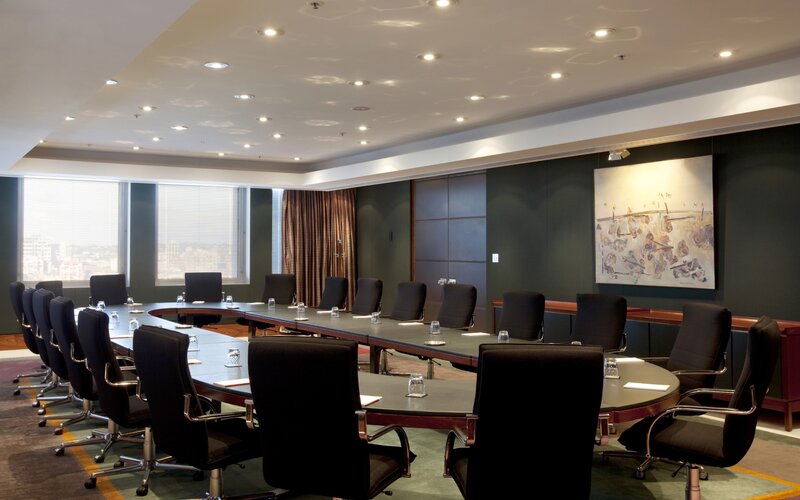Speaking at AusPayNet’s annual summit, Reserve Bank Governor Dr Philip Lowe has outlined the intent of the RBA to increase competition in the payments space to drive down payment costs.
To facilitate this, the RBA will focus on least-cost-routing (LCR), with the aim to bring this policy to digital wallets by 2024.
“LCR allows merchants to choose the lowest-cost card network to process their debit transactions,” Dr Lowe said.
“It also increases the competitive pressure between the debit networks, providing greater incentives to lower the wholesale fees that are ultimately paid by merchants.
“This is especially important for small businesses that typically can’t negotiate discounted fees with the card schemes.”
In the digital wallet space, currently the main players include Apple Pay, Google Pay and Samsung Pay.
Data published by the Australian Financial Review revealed Apple Pay is earning $112 million in annual fees from Australian banks, with that figure climbing each year as digital wallets grow.
Under the LCR, retailers would be able to choose to send payments to the cheaper domestic eftpos network as opposed to global networks run by Visa and Mastercard.
Dr Lowe notes at current for in-store transactions, LCR is available to 85% of merchants, although only half of all merchants are actually using it.
“This low take-up suggests that the industry has more work to do in promoting the benefits to merchants,” he said.
“To provide greater transparency on how individual institutions are progressing, the RBA will, next year, start publishing institution-level data on LCR availability and take-up.”
Dr Lowe believes greater transparency of merchant payment costs through an expansion of the Consumer Data Right could also help drive increased competition between acquirers.
“New payment methods could emerge over time to compete with card payments, including through the use of QR codes for account-to-account payments at retailers,” he said.
RBA to regulate new and emerging payment systems
In a strategic plan for the payments system in 2023, Treasurer Jim Chalmers flagged an update to the 25-year old Payment Systems Regulation Act.
“Our regulatory architecture has not kept pace with changes in the market, including the advent of new digital products and services,” Mr Chalmers said.
“We will work closely with regulators, industry, and consumer and business advocacy groups over the coming months to get these reforms right.”
Under the changes, the RBA will be granted the ability to regulate new and emerging payment systems, such as digital wallet providers.
Dr Lowe echoed the views of the Treasurer, saying that a lot has changed in the payments system since the Payment Systems Regulation Act was introduced more than 20 years ago.
“The payments ecosystem is now much more complex, there are many new business models and new technologies are continuing to emerge,” he said.
“The changes proposed by the Farrell Review would allow the Payments System Board to help shape that complex world in the public interest more effectively.”
International NPP to deliver cheaper cross-border payments
Dr Lowe revealed G20 countries have committed to making international payments cheaper, faster, more transparent and more accessible.
“Australia needs to play its role here. The cost of international payments is too high” he said.
“This is a particular problem for our neighbours in the South Pacific, where too often people on low incomes face very high charges for sending money back home.”
Dr Lowe outlined data from SWIFT, detailing more than 80% of the time taken for a cross-border payment to reach an Australian customer is due to the final leg of the Aussie dollar.
“The delivery of the NPP International Payments Business Service will help us make progress,” he said.
“This service will allow the final Australian dollar leg of inbound cross-border payments to be processed through the NPP. Because the NPP offers real-time processing of transactions on a 24/7 basis, this will speed up payment times.”
In Australia, the RBA details the New Payments Platform (NPP) is available to the customers of more than 110 financial institutions, and is used to make around a quarter of all account-to-account payments.
“Over the past year, the NPP processed over a billion transactions, worth more than $1 trillion, and usage continues to grow,” Dr Lowe said.
The RBA outlined the new international NPP service will be provided by the payments sector by 1 December 2023.
See Also: How to send money overseas
Advertisement
Looking for a credit card? The table below features a number of credit cards offering some of the lowest interest rates on the market.
Image by Ivan Samkov via Pexels

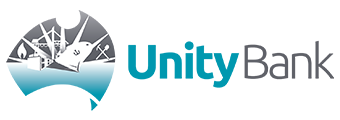
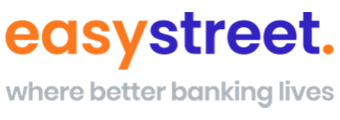
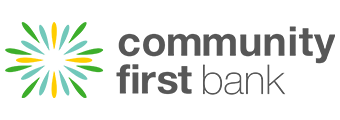

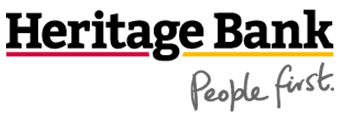
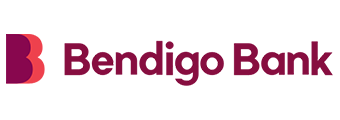


 Harrison Astbury
Harrison Astbury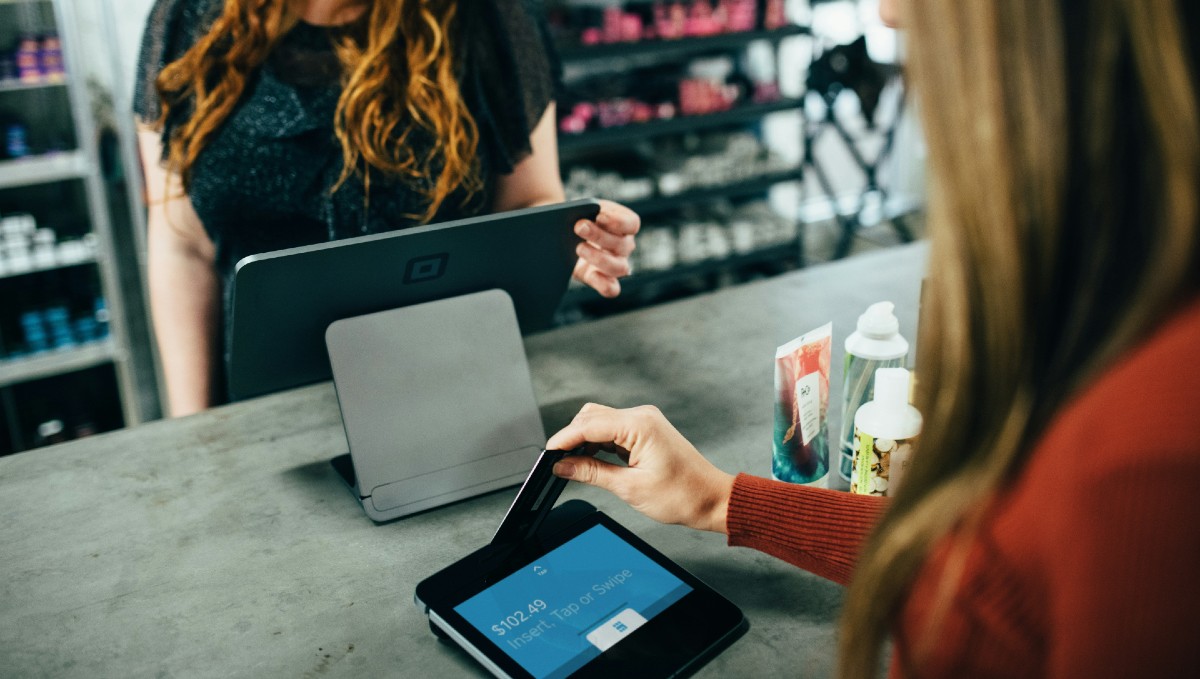
 Denise Raward
Denise Raward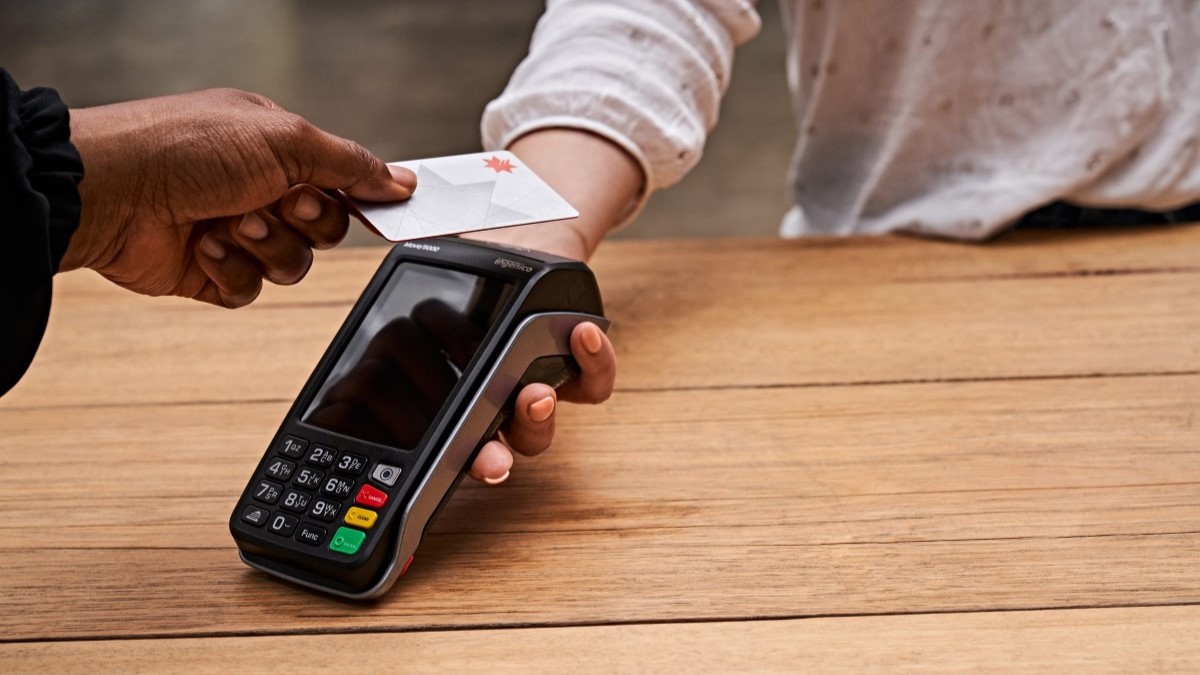
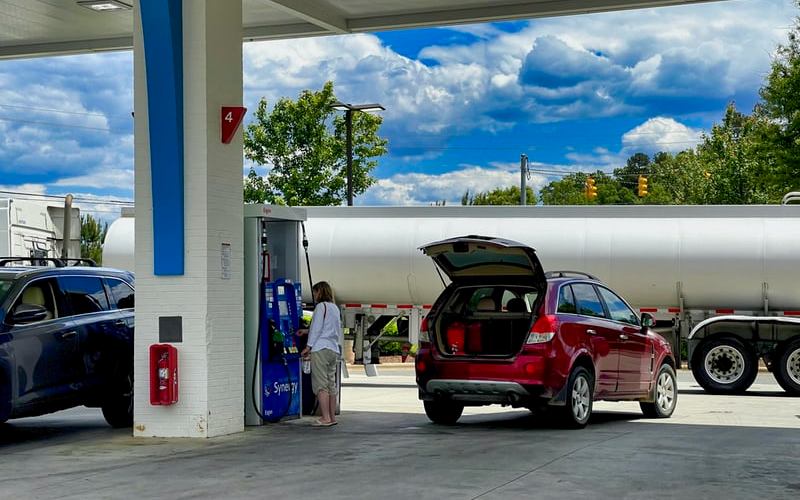

 Hanan Dervisevic
Hanan Dervisevic
